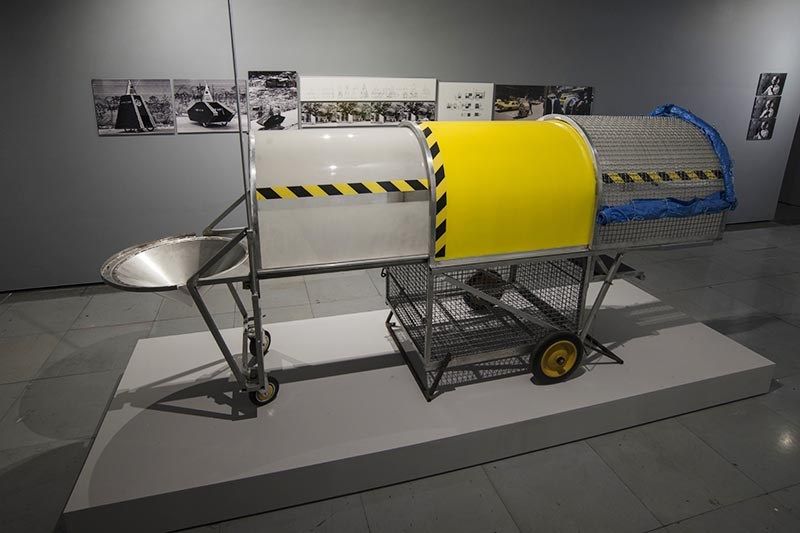This week we were expecting to have a guest lecture by Rachel Falconer but unfortunately she was unwell. (Edit - see my blog post following Rachel's lecture)
The reading was New Media in the White Cube and Beyond: Curatorial Models for Digital Art, Christiane Paul, 2008. It was a really interesting look at how museums and galleries were failing to successfully exhibit, curate and preserve new media works.
Museums are not deliberately excluding then. Rather these institutions, found in and for conditions of art production and reception of the late nineteenth century, are not properly equipped to show such works, not, at least as presently constituted
I decided to watch the following video from Garnet Hertz following on from our reading last week. The idea is a robot which is controlled by a cockroach and the cockroach in tern is stimulated by the machine (using lights to which it is assumed is has an aversion and will avoid or retreat from).
This week I finally got around to watching Bandersnatch on Netflix (spoilers ahead). It is part of the excellent Black Mirror series, which has various different nightmarish ideas of humans and technology set in the near future. Bandersnatch is different from other episodes in that it is an interactive video in the style of a choose your own adventure, which is also the theme of the show. It begins with seemingly trivial choices about breakfast cereal, but escalates to those of suicide and murder. The aesthetic is a brilliant recreation of the late 1980s with the protagonist a bedroom programmer writing a game for the Sinclair ZX Spectrum (which, like many of my generation was my first computer). The story builds and becomes more an more erratic, with the protagonist often dying and restarting earlier in the story so that mistakes can be avoided a second time around.
Readings
I read Hertzian Tales, which I think was recommended to me at the talk I went to at Rich Mix. It's a book largely around design which strays in to the art world. It investigates the pieces around topics such as psychosocial narratives, para-functionality and Hertzian space. Looking at objects as they relate to frequency of electromagnetic spectrum the light-radio-micro-wave that are consumed and emitted. It's a really interesting space as we're so fixed in our view of human-visible light and it's hard to image particles that pass straight through walls as light does through glass.

The book also features the homeless vehicles of Krzysztof Wodiczko, which I've seen a couple of times in galleries. The first time I saw them I was somewhat repulsed, as I saw them purely as a design work, something designed to make homelessness more comfortable. I lived in NYC (which is where he design these vehicles for, since there are a great number of homeless people), and my feelings were complex as I was against the principle that people should be homeless at all, so in that sense easing their plight is perhaps enabling homelessness as a way of living (much like the bottle/can refund scheme), but that's an idealistic view, perhaps it's better to take a pragamatic view that homelessness exists and to assist people in improving the function of their daily lives. I'm still mixed, and really feel I want to see solutions to the problem not the sympthoms, but the work has achieved its aim of making me think about it much more
Visits
I visited the Winter Lights at Canary Wharf, which was an interesting mix of light-based artworks. I'm afraid I didn't take any photos. I liked many of the works, but I never feel happy in Canary Wharf, there's something about the pervasive corporate architecture which feels oppressive to me. It was certainly popular and had attracted a large crowd. The piece which interested me the most was Submergence by SquidSoup, as I'd similarish ideas about creating a large scale LED work which can be individually programmed. It has some similarities to Kusama's infinity rooms, and certainly was Instagram friendly in a similar way. The scale and the form of the lightworks I saw was very different from my ideas, so it was useful to see it and gather some information about how it was created and what appeared to be popular with the crowds.
Last year I went to see the Lumiere London exhibition in King's Cross, which was similar but I enjoyed more, perhaps because I love the buildings and canalside there. The piece which I liked there was Waterlict which shows how high the sea might be if humans continue to allow climate change to happen from greenhouse gas emissions. I'm not sure how difficult it is to be selected for shows like this but it's something I'd love to do one day.

